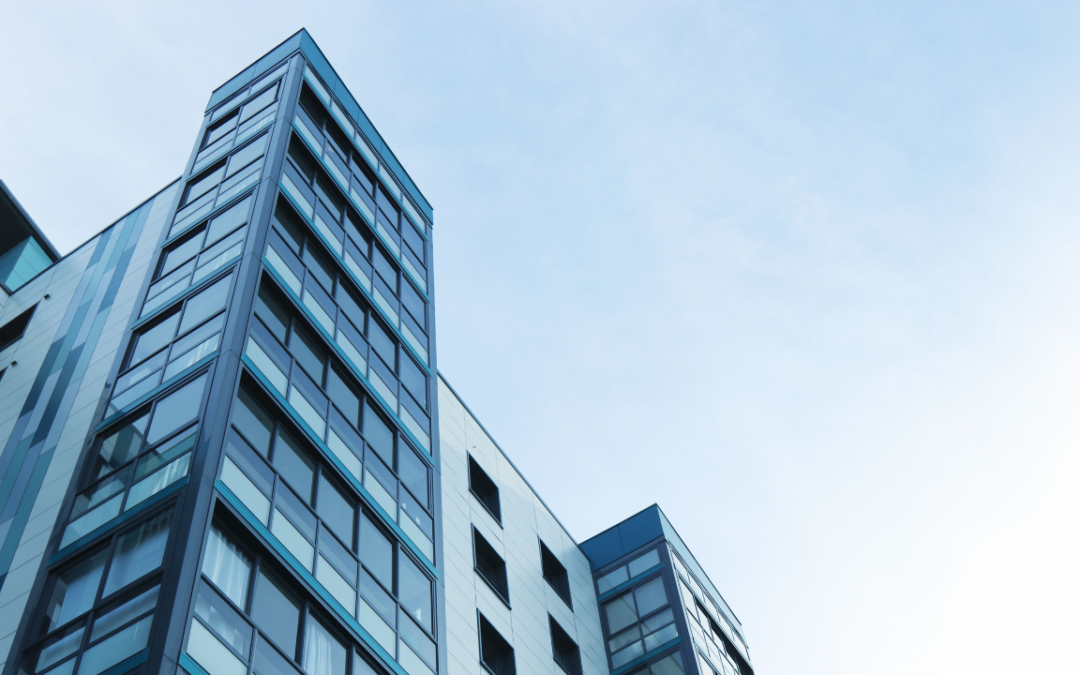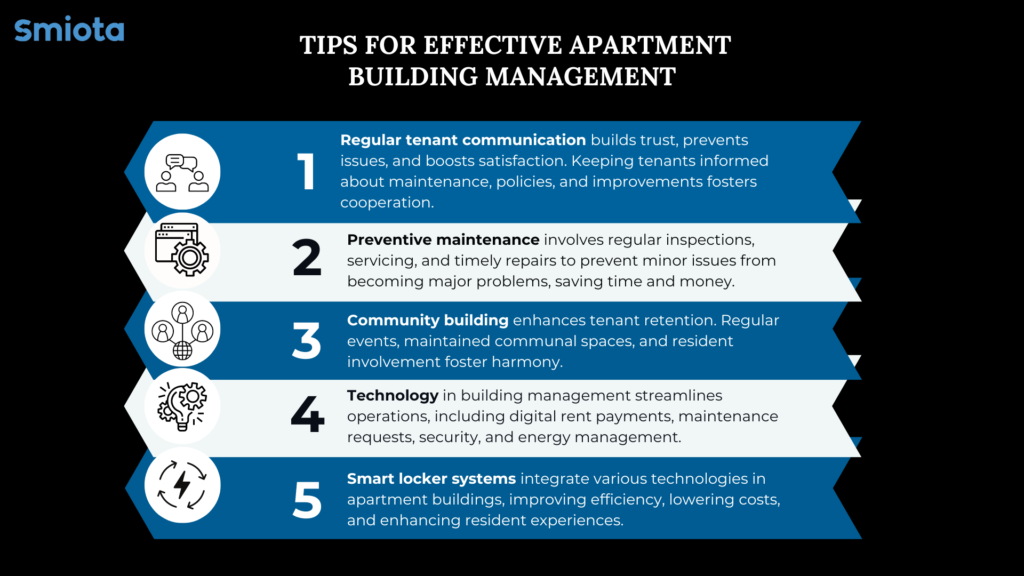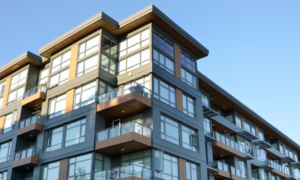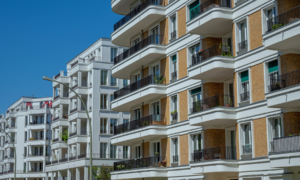Multi-family property management encompasses a broad spectrum of responsibilities aimed at ensuring the functionality, safety, and comfort of the property and its residents. It involves routine maintenance duties, regular enhancements, and improvements to the property to uphold its value and desirability. Effective management covers everything from the physical upkeep of the building to the administration of tenant relations, financial management, and compliance with relevant laws and regulations.
Whether you’re a seasoned property manager or a novice stepping into the world of real estate investment, this blog post will provide you with actionable insights to navigate the complexities of apartment management, from the property manager’s role, the common challenges faced in managing multi-family properties, to a few tips on how to manage multi-family properties successfully.
Responsibilities of a Property Manager in Apartment Complex Management
A property manager’s role is multifaceted, requiring a balance between operational tasks and strategic management. Key responsibilities include:
- Maintenance and Repairs: Ensuring that the building and its systems (electrical, plumbing, HVAC) are in good working order.
- Tenant Management: Managing tenant relations, handling complaints, and overseeing lease agreements.
- Financial Management: Collecting rent, managing the building’s budget, and ensuring profitability.
- Legal Compliance: Ensuring the property adheres to local laws and regulations.
- Security and Safety: Implementing measures to ensure the safety and security of residents.
However, these responsibilities also come with a few challenges.
Challenges in Apartment Management
Managing an apartment building comes with its set of challenges, including but not limited to tenant turnover, maintenance issues, disputes among residents, and staying compliant with ever-changing regulations. Some of these challenges are:
- Tenant Satisfaction and Retention: Achieving high levels of tenant satisfaction to boost retention rates is a perennial challenge. From addressing maintenance requests in a timely manner to ensuring the community areas are well-maintained, the goal is to create a living environment where tenants feel valued and heard.
- Maintenance and Repairs: The unpredictability and frequency of maintenance issues can be daunting. Regular wear and tear demand ongoing attention, and emergency repairs can disrupt even the best-laid plans, necessitating a streamlined process for addressing these concerns promptly.
- Effective Communication: Establishing and maintaining open lines of communication with tenants, staff, and service providers is crucial yet challenging. Miscommunications can lead to dissatisfaction, compounding problems rather than resolving them.
- Security Concerns: The safety and security of tenants and the property are top priorities, and they come with their own set of challenges, from unauthorized access to the need for constant surveillance and security updates.
- Financial Management: Balancing the budget, from managing operational costs to planning for long-term investments in property improvements, requires a keen eye and a steady hand. Mismanagement here can lead to a cascade of issues affecting every aspect of apartment management.
- Legal Compliance: Complying with local, state, and federal regulations is a significant challenge, given their complexity and constant evolution. Failure to comply can result in hefty fines and legal troubles.
- Sustainability Initiatives: Implementing green practices and sustainability initiatives is becoming increasingly important but can be challenging due to upfront costs and the need for tenant cooperation.
As daunting as these challenges may seem, technological innovations offer hope. Leveraging technology, specifically integrating smart lockers and advanced management software, can mitigate these challenges and enhance efficiency, security, and tenant satisfaction. Now, we will look at a few tips to effectively manage multi-family properties.
Tips for Effective Apartment Building Management
- Regular Communication with Tenants: Open and regular communication helps build trust and resolve issues before they escalate. Keeping tenants informed about maintenance schedules, policy changes, or upcoming improvements enhances satisfaction and cooperation.
- Preventive Maintenance: A proactive approach to maintenance—regular inspections, servicing of essential systems, and timely repairs—can prevent minor issues from becoming major problems, saving time and money in the long run.
- Focus on Community Building: Fostering a sense of community can improve tenant retention. Organizing regular events, maintaining communal spaces, and encouraging resident participation in decision-making can create a more harmonious living environment.
- Use of Technology: Incorporating technology in building management can streamline operations, from digital rent payments and maintenance requests to security systems and energy management.
- Smart Locker Systems: Smart lockers often comprise a broader suite of smart technology solutions in apartment buildings. These include smart locks, lights, refrigeration system, and web & mobile apps. Integrating these technologies can improve the overall efficiency of building management, reduce energy costs, and offer residents a more personalized living experience. Smart lockers serve multiple purposes:
- Secure Parcel Delivery: Residents no longer need to worry about the security of their packages. Parcels are safely stored until collected.
- Efficiency: They eliminate the need for property staff to manage deliveries, freeing them up for other tasks.
- Convenience: Residents can collect their packages at any time, which is especially beneficial for those with irregular schedules.
- Enhanced Security: Smart lockers can also improve overall building security by reducing the number of non-residents entering the premises.
- Space Optimization: Smart lockers help in maximizing the use of available space within the building. By consolidating deliveries into a designated area, apartment complexes can better manage their lobby or mailroom areas, keeping them less cluttered and more organized.
- Sustainability: By reducing failed delivery attempts and the need for re-deliveries, smart lockers contribute to lower carbon emissions associated with parcel delivery services. Additionally, they can encourage recycling and reduce packaging waste by providing a centralized location for residents to dispose of or recycle packaging materials.
Integrating a smart locker system into an apartment building requires careful planning. The location should be accessible yet secure, and the size of the system must be adequate to handle the volume of deliveries. Choosing a system with a user-friendly interface and reliable customer support is also essential.
The tips listed here can be a guide to successful apartment complex management. But, a word to the wise: several mistakes must be avoided.
Mistakes to Avoid
- Neglecting Tenant Screening: Proper tenant screening is crucial. An oversight in this area can lead to problems later, including non-payment of rent and property damage.
- Poor Communication: Not communicating effectively with tenants can lead to misunderstandings, dissatisfaction, and potentially legal issues.
- Ignoring Maintenance: Deferred maintenance not only leads to higher repair costs but can also result in tenant dissatisfaction and even legal problems if it affects the property’s habitability.
- Underestimating the Importance of Legal Compliance: Being unaware of or ignoring the ever-changing local laws and regulations can cost the property owners penalties and damage to the property’s reputation.
- Overlooking Tenant Retention: Focusing solely on filling vacancies without efforts to retain current tenants is a short-sighted approach. High turnover rates can significantly impact the profitability and reputation of the property.
Conclusion
Effective apartment building management requires a comprehensive approach combining operational efficiency and strategic planning. It involves not just the maintenance of the physical property but also attentive tenant management, financial monitoring, and legal compliance. Modern solutions like smart locker systems can address specific challenges, enhancing convenience and security for residents. Property managers can achieve a well-maintained, profitable apartment building that stands out in the competitive real estate market by following the outlined tips and avoiding common mistakes. The goal is always to create a living environment where residents feel valued, secure, and part of a community, ensuring the property’s long-term success.





